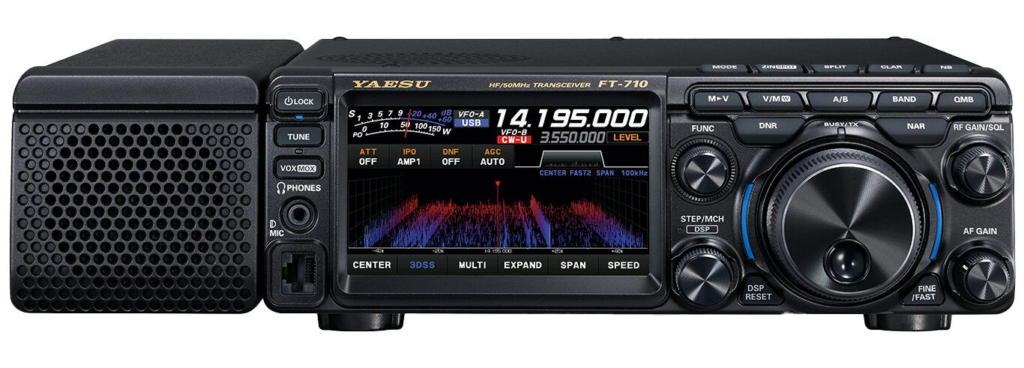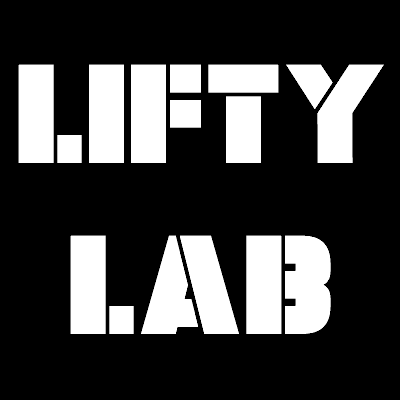Recently, after a lot of back and forth, I finally applied for my Amateur Radio License here in the UK. Ive been listening to the HAM bands for a while now, but I have recently been getting the itch to actually transmit myself! The only problem is, I am incredibly bad at doing voice calls, and am incredibly awkward when it comes to thinking of things to talk about. For this reason, I decided that it would be better to experiment with digital modes, so that I can make contacts without actually having to speak to somebody.
The only problem with that idea? Radios are EXPENSIVE, and radios that do digital modes are EVEN MORE EXPENSIVE. I would be spending over £1000 just because of social anxiety!

So what else can I do with £10 and a dream? Well, I can work with what I OWN rather than what I WANT. This is where we bring in the notorious Baofeng UV5R!

Now, the Baofeng can barely transmit let alone support any digital modes, so we need to figure out a way to make it work. Luckily, I am not the first person to have this issue, which is why people have invented Sound Card Interfaces. A sound card interface allows you to send and receive audio from a computer, as opposed to using the radios built in speaker and microphone.
This however, still presents some problems. Some computers do not have sound cards spare, and transmitting is still manual as the computer has no way of telling the radio when to transmit, other than relying on the radios “vox” function, which is often unreliable. Fancy sound card interfaces will have built in circuitry and sound cards, allowing control over the radios PTT (push to talk) function and requiring only a usb port to provide audio, but these interfaces are usually on the expensive side, and they still need custom cables on a per radio basis, which are an added cost.

Ok, so we cant buy an interface because theyre expensive and hard to use with a Baofeng. So what do we do? Well we build one of course!! At its core we just need three components, all of which we can make for incredibly cheap! Normally I would go into incredible depth about how to do such a thing, but honestly, theres better articles out there. If you want to build one the same way I did, check out this article by NE2Z. They use an “easy digi” kit which is an actually reasonable priced board that provides basic PTT and audio connections. If you live in the UK, you can also build a board like this for cheap without ordering from abroad. All it does is isolate the audio, and allow control of the PTT ground connections (PTT is activated when the two grounds are connected) through an optoisolator.

In my version of the board, I used a serial converter scavenged from an ESP32CAM programming board. It is literally just a broken out CH340G chip, so I was able to find the DTR and RTS pins and connect them to the optoisolator to act as my digital PTT. You can use any digital signal as long as it activates the optoisolator, but serial is most common as most software is able to control the DTR and RTS pins. Some HAMs have used CM108 sound card GPIOs, but I have yet to see common software support for doing so (this would otherwise be a way cleaner option).
DTR and RTS signals are active low, meaning if your radio PTT is activated by a closed switch, it will be continously on when the serial port is disconnected. I havent seen much discussion about this problem, which is strange (I assume everyone wrongly fixes it by software signal inversion), but luckily its easily fixable. Adding a simple transistor NOT gate before your optoisolator will invert the signal meaning your PTT functions correctly without inverting it in software, and it will go inactive when serial is disconnected.

Once youve built the board, and scavenged the weird 2 prong connector for your Baofeng, you should now be able to control your radio with only 2 usb ports! This solution is great as it can be modified endlessly. You can technically just build the PTT part and use your computers sound card, or use the CM108s GPIO pins instead of serial! The best part though, is that all of this can be done for less than £20 (or even less than £10 if you scavenge parts), which is a LOT less than the expensive half baked products available on the market.
Anyway, I hope that gave you a good idea of how to get working digitally on the HAM bands for cheap. I wouldve loved an article like this when I was doing my research, so I hope I could help one of you budding HAMs out there! As always, feel free to contact me if you need any assistance or have any questions!
73 from Jack D / M7LFT

